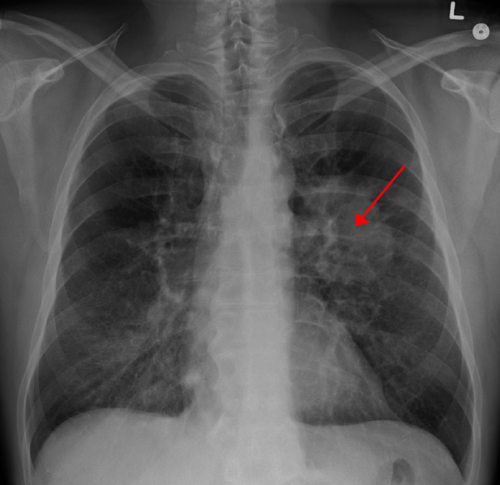Home » Health News »
Specific lung cancer screening and treatment policies urgently needed to address international disparities in survival

A consensus reached by a lung clinical community within the International Cancer Benchmarking Partnership (ICBP), presented at the European Lung Cancer Congress (ELCC), 30 March-2 April 2022, has highlighted international disparities in management and outcomes of patients with lung cancer in high-income countries, and has provided a roadmap of key actions that should be taken to homogenise practices, help enable earlier diagnosis and offer equitable access to care.
The ICBP is a collaboration bringing together clinicians, policymakers, researchers and data experts to measure and understand international variation in cancer incidence and outcomes. For lung cancer, the ICBP SURVMARK-2 project commissioned by the International Agency for Research on Cancer (IARC) to benchmark cancer survival had previously revealed that variation in survival was greatest in early-stage disease.
A research effort subsequently led by the ICBP in-house research team based at Cancer Research UK aimed to gain insight into the differences in clinical practice and treatment that could help explain these disparities between countries. “We interviewed nine key informants from multidisciplinary teams in ICBP countries. Leveraging a strong network of doctors with both clinical expertise and experience in auditing and policy advisory roles, a consensus-building effort was then launched to develop a roadmap for optimising lung cancer care from an international perspective,” said author Charlotte Lynch, Cancer Research UK, London, explaining the process through which five calls to action and 13 good practice points were defined reaching 100% consensus.
According to the project’s lead clinician Dr. Christian Finley, St Joseph’s Healthcare Hamilton, Ontario, Canada, there is recognition that delayed diagnosis continues to be a widespread problem in a disease setting where the line between curative and non-curative treatment is easily crossed. “In spite of improvements in other areas like prevention, through smoking cessation initiatives and awareness campaigns, and even treatment, thanks to the arrival of more effective medicines, we have not seen survival in lung cancer improve to the same extent,” Finley explained, adding: “It is crucial that patients are diagnosed at the earliest point possible to give them the best chance of receiving curative treatment.”
Further recommendations tackle, among others, the need for centres of excellence: “Specialised centres that are able to coordinate multidisciplinary care in a single place and streamline the patient care pathway have been seen to support improvements in outcomes in countries where they have been set up,” said Finley.
The final call to action defined by consensus is to “recognise improvements in lung cancer care and outcomes as a priority in cancer policy”, which Lynch emphasised is a necessity in light of the inequities lung cancer patients still face in accessing care, including socio-economic inequalities, fatalistic attitudes and disease stigma. “Considering the disease’s persistently low survival even in high-income countries, it is time to focus on lung-cancer specific policies that will facilitate collaboration, drive service development and improve outcomes to the same extent as we have seen with other common cancers,” she said.
Cautioning that the outlined approach was designed in a high-income setting and therefore cannot be universally applicable, Lynch nonetheless hopes that it will serve as the basis for conversations with advocacy bodies and policymakers, as well as help key stakeholders within individual countries better coordinate their efforts internationally in the future.
Dr. Antonio Passaro, lung cancer expert from the European Institute of Oncology, Milan, Italy, not involved in the work, commented: “Lung cancer remains the most aggressive solid tumour, which is why primary as well as secondary prevention through screening must be prioritised. Although a much-debated topic in recent years, a strong body of research has now shown that lung cancer screening through annual computed tomography (CT) scans in individuals with a history of smoking can improve detection rates. Targeting the right populations with these interventions will be crucial to implementing screening approaches that are both efficacious and cost-effective at the national level.”
Source: Read Full Article

